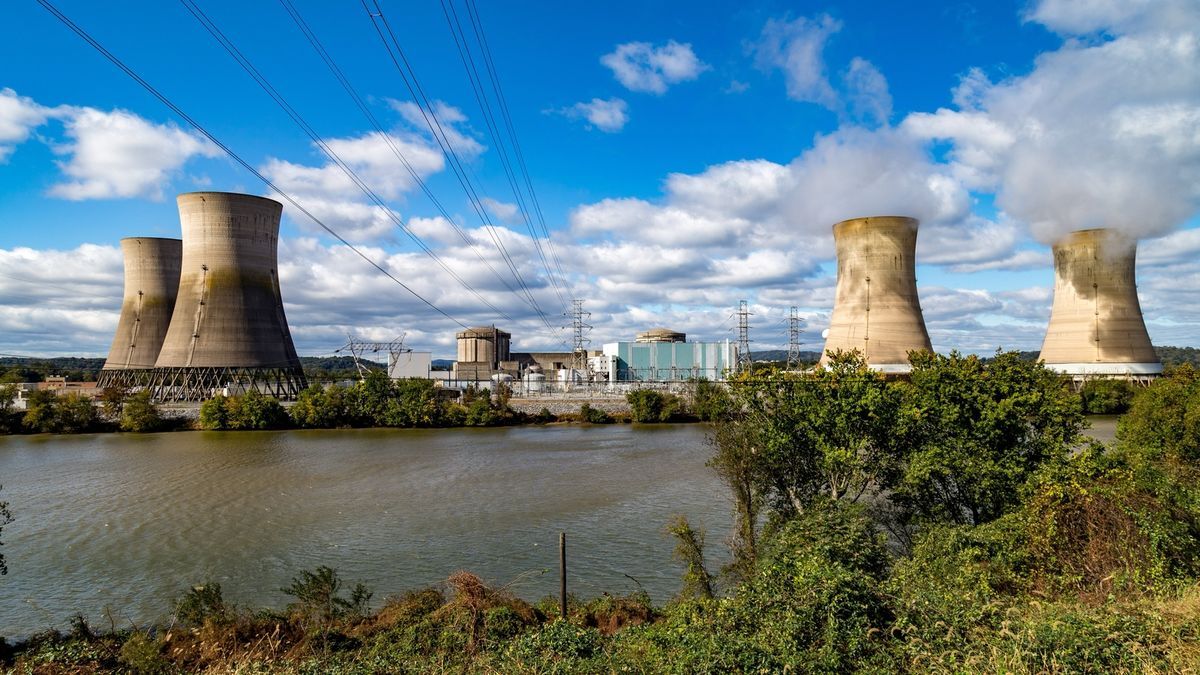Modern AI data centers consume enormous amounts of power, and it looks like they will get even more power-hungry in the coming years as companies like Google, Microsoft, Meta, and OpenAI strive towards artificial general intelligence (AGI). Oracle has already outlined plans to use nuclear power plants for its 1-gigawatt datacenters. It looks like Microsoft plans to do the same as it just inked a deal to restart a nuclear power plant to feed its data centers, reports Bloomberg.



Are we eventually gonna get more fusion because billionaires are demanding more energy for their stupid projects?
Sure, knock yourselves out.
Yeah, too bad there’s no long-term storage for the waste so it will mean more and more leaks polluting land for centuries since the power companies will just go bankrupt when it’s time to do anything about it like with most forms of pollution.
The amount of waste is tiny. Coal plants cause more radiation than nuclear plants because of tiny amounts of radioactive matter in coal. You need to burn so much coal the amount of radioactivity is higher per unit of energy.
Until we shut down all coal plants we shouldn’t even think about closing nuclear plants
That’s for normal activity and it’s totally irrelevant. So these are some stats about ionizing radiation dosages:
So, yes, nuclear power plants and storage pools are designed to shield radiation and thus during normal operation release an insignificant amount of radiation so much so that even coal burning releases a heck of a lot more.
But both of those are extremely insignificant if you consider that living near a coal plant will only give you a tiny fraction of additional exposure as the amount of radiation you receive normally from natural sources.
The problem is that with nuclear fission waste, a tiny leak can cause fatal amounts of exposure in a very short time. If a storage pool cracks after the 100 years or so they’re designed to last, or if a flood happens and overflows a storage pool, or a tornado picks up that storage water, or any number of other catastrophic events happen within the 10,000-1,000,000 years before that waste is safe, depending on the type, the people living nearby will likely not survive very long and that area will be contaminated for many times longer than human life has existed.
Fukushima was a good example and had to rely on the vast Pacific ocean to disperse the radiation. Chernobyl will be unsafe for 10s of thousands of years even if the coffin is maintained for all that time.
The radioactivity from the long half-life radionuclides is much less intense.
Radioactive iodine is still dangerous because it can stay in your thyroid gland
https://en.m.wikipedia.org/wiki/Long-lived_fission_product
You can still use newer technology to get rid of the most potent LLFPs, though
Right I only got as far as talking about the ionizing radiation itself not even what happens if the radioation emitting materials themselves escape and so other types of radiation become dangerous through ingestion, not just incidental exposure.
And who is going to pay the trillions of dollars to develop those technologies to reduce the ionizing radiation into a usable product? The energy companies won’t because they’d go bankrupt. And what happened when we left companies to dispose of the waste? They sank it to the bottom of the ocean in barrels that some have since resurfaced. So instead we tried to build a temporary solution by dumping it in a mountain bunker, but that was too costly and we gave up and it’s all just sitting out in the open still in every country with nuclear power. No country has come up with a solution yet and that solution is part of the cost of generating the energy.
So how is nuclear power profitable if it’s exorbitantly expensive to store it indefinitely and exponentially more expensive to develop the technology to make it slightly safer to store indefinitely. And it costs billions and takes decades to decommission a reactor once it’s exceeded its lifespan. Which is why three mile island is still there and containment is still necessary. Again, how is nuclear power cost effective in the long term?
It’s not cost effective, but it’s more green than gas or coal
More green if nothing goes wrong and in the short term. I’m not saying fossil fuels are the answer. I believe they need to be phased out ASAP.
But there are lots of alternatives that are lower cost to build, lower cost to operate, lower cost in case of accidents, and exponentially lower cost to future generations relates to waste storage.
Either you mean fission, or the “more” could be omitted.
This is how I’m able to sleep without worrying about death, one of these billionaires has got to be funding research so they can live forever. No guarantee they’ll share but that’s at least a less dread inducing issue.
yeah, larry ellison
Most likely more fossil fuels because they’re faster and cheaper to roll out.